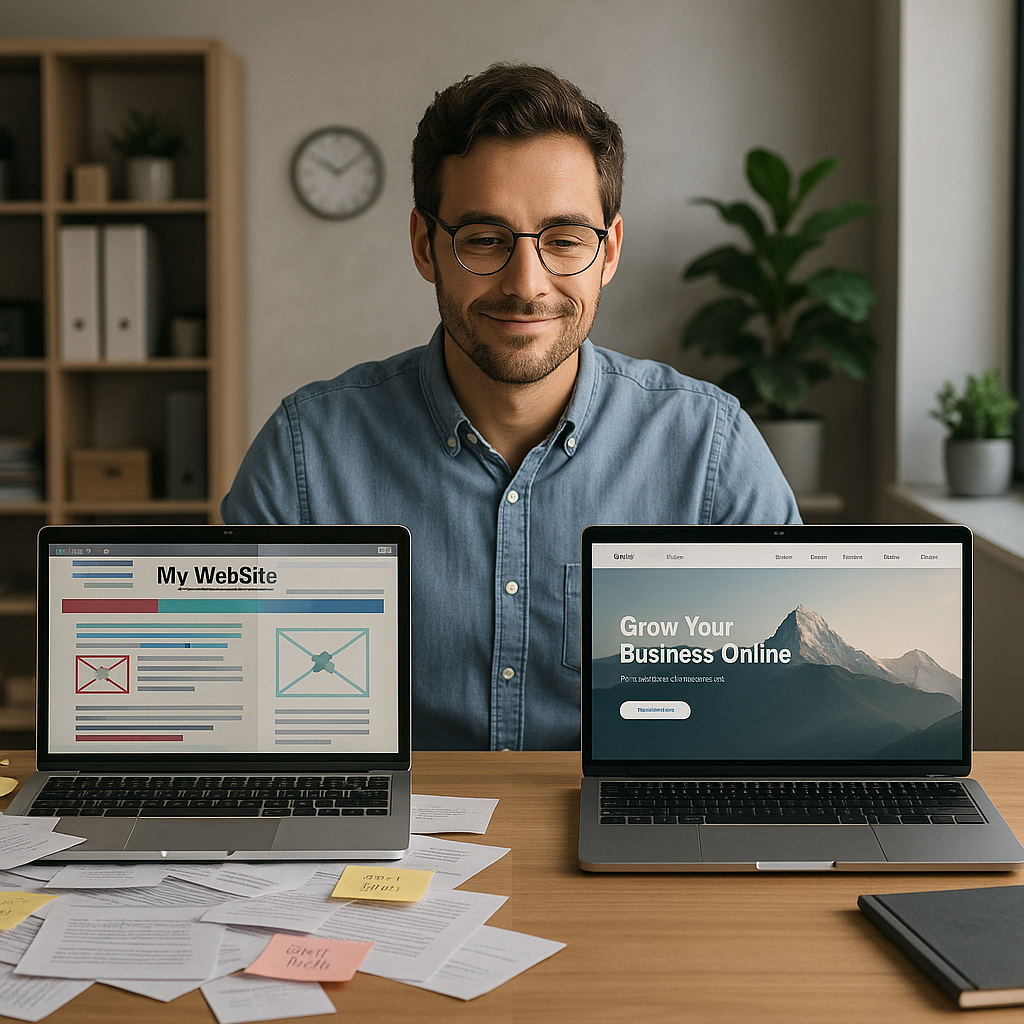Repurpose Content: Boost Your Small Business Strategy
Unlocking the Power of Content Repurposing: A Small Business Guide
Creating fresh content for every platform in today's digital landscape can feel like an uphill battle. But what if I told you there's a secret weapon that could save you time, boost your online presence, and keep your audience engaged across multiple channels? Enter content repurposing – transforming one piece of content into various formats to maximize its reach and impact.
As a small business owner, you're already juggling a million tasks. The last thing you need is to spend hours crafting unique content for each social media platform, blog, and email newsletter. That's where content repurposing comes in, allowing you to work smarter, not harder.
Let's dive into the nitty-gritty of how you can repurpose your content like a pro:
1. The Blog Post: Your Content Mothership
Think of your blog post as the heart of your content strategy. It's the meaty, informative piece that showcases your expertise and provides value to your audience. But here's the kicker – it's also a goldmine of repurposing opportunities.
Create a comprehensive blog post on a topic relevant to your business and audience. Pour your knowledge into it, ensuring it's packed with useful information, tips, and insights. This blog post will be the foundation for all your other content pieces.
2. Social Media Magic: Bite-sized Brilliance
Now that you've got your blog post, it's time to slice and dice it for social media. Here's where things get fun:
Twitter: Pull out snappy quotes or surprising facts from your blog post. Add a relevant hashtag, and voila! You've got yourself a tweet.
LinkedIn: Share a key insight from your post and a brief commentary on why it matters for professionals in your industry.
Instagram: Create eye-catching graphics using tools like Canva to visualize important points from your blog. Remember to include a caption that teases the full post!
Facebook: Post a short excerpt from your blog, along with a question that encourages engagement from your followers.
Remember, each platform has its vibe. Tailor your content accordingly, but keep your brand voice consistent across the board.
3. Lights, Camera, Action: Turning Words into Video
Video content is king these days, and your blog post can easily become the script for your next viral hit. Here's how:
• Use your blog post as an outline for a YouTube video, breaking down the main points visually engagingly.
• Go live on Facebook or Instagram, discussing the topic of your blog post and inviting viewers to ask questions.
• Create short, snackable video clips for TikTok or Instagram Reels, focusing on one tip or insight from your post.
Don't stress about production value – authenticity often trumps perfection. Your audience wants to see the real you, so let your personality shine through!
4. Newsletter Know-how: Inbox Inspiration
Your email list is a direct line to your most engaged audience. Use it wisely by repurposing your blog content into a newsletter:
• Summarize the key points from your blog post in a concise, easy-to-read format.
• Add a personal touch by sharing how the topic relates to your business or recent experiences.
• Include a clear call-to-action, encouraging readers to click through to the full blog post on your website.
This approach provides value to your subscribers and drives traffic back to your site. Win-win!
5. Infographic Ingenuity: Visual Storytelling
Some people are visual learners, and infographics cater perfectly to this audience. Here's how to transform your blog post into an infographic:
• Identify the main points or steps from your post.
• Use a tool like Piktochart or Venngage to create a visually appealing infographic.
• Keep it simple, using icons, charts, or illustrations to convey information.
• Share your infographic on Pinterest, LinkedIn, or even as a standalone image on your blog.
Infographics are highly shareable, making them perfect for expanding your reach and attracting backlinks to your site.
6. Podcast Potential: Audio Awesomeness
For those who prefer to consume content on the go, consider turning your blog post into a podcast episode:
• Use your blog post as a rough script, expanding on key points.
• Invite a guest expert to discuss the topic, adding a fresh perspective.
• Record using a simple setup – even your smartphone can work for getting started.
• Upload your podcast to platforms like Spotify, Apple Podcasts, or Google Podcasts.
Podcasting allows you to showcase your personality and build a more intimate connection with your audience.
The Secret Sauce: Consistency is Key
Remember to maintain a consistent brand voice as you repurpose your content across various platforms. Whether someone's reading your blog, watching your video, or listening to your podcast, they should recognize your unique style and tone.
Repurposing content isn't just about saving time (although that's a huge benefit). It's about reaching your audience where they are, in their preferred format. Some folks love reading long-form blog posts, while others prefer quick video tips. By repurposing, you're catering to different learning styles and consumption preferences.
Moreover, repurposing helps reinforce your message. Marketing experts often say that people need to hear a message several times before it sinks in. Presenting your content in various formats across multiple platforms increases the chances of your message sticking with your audience.
So, next time you create content, think beyond the initial format. Ask yourself: How can I squeeze every last drop of value from this piece? How can I present it in different ways to reach more people?
Remember, you're not just a small business owner – you're a content creator, a storyteller, and a problem-solver for your audience. Embrace the power of content repurposing, and watch your online presence soar. Your future self (and your schedule) will thank you!





